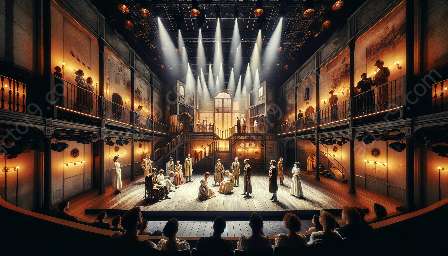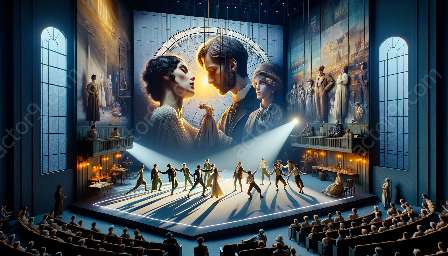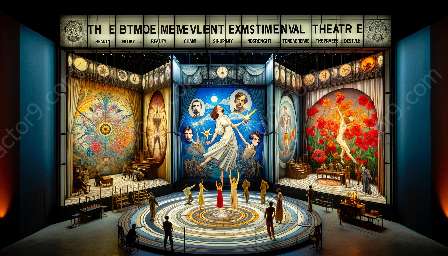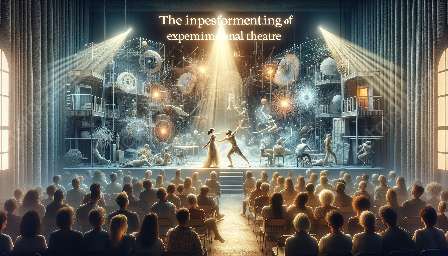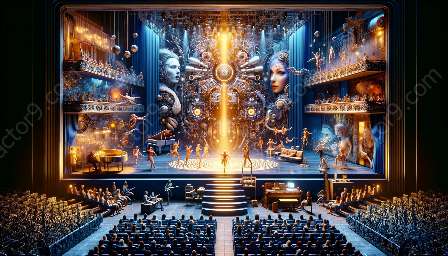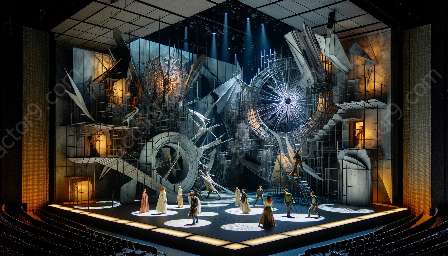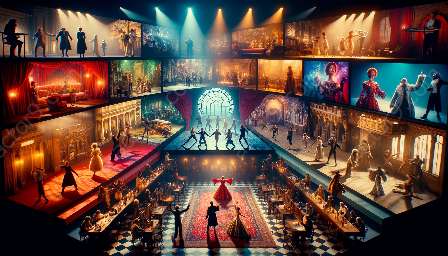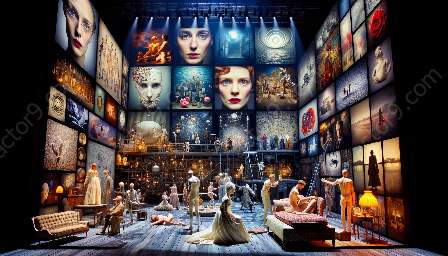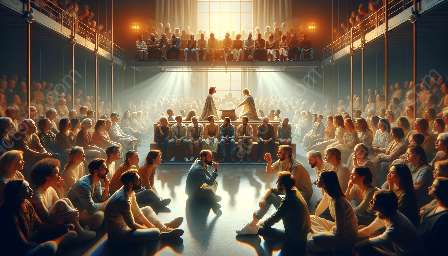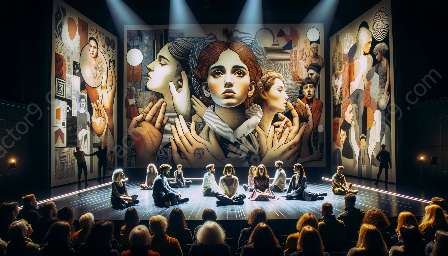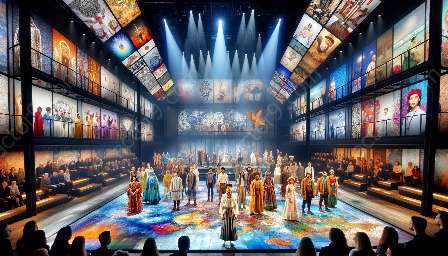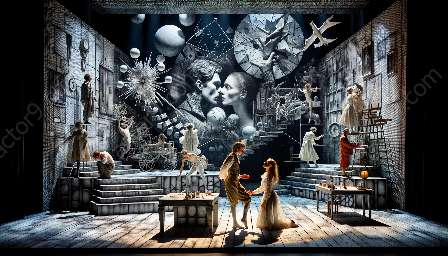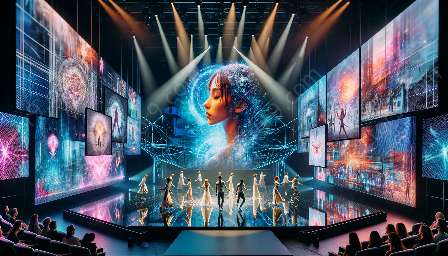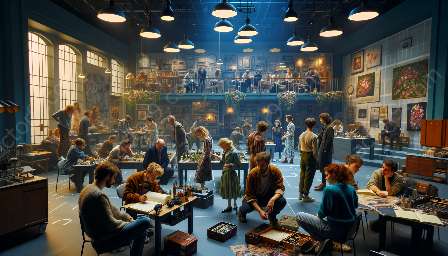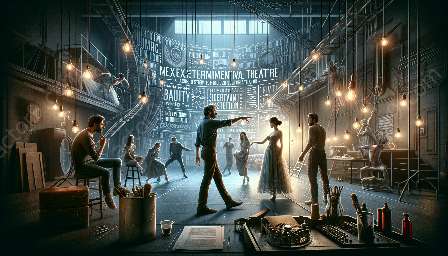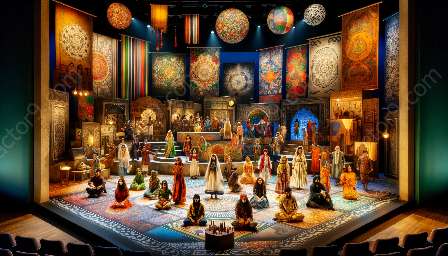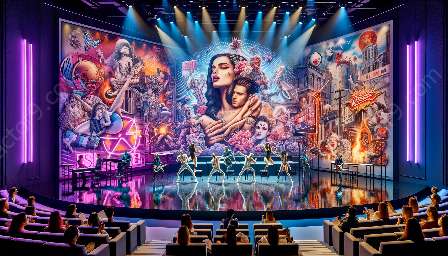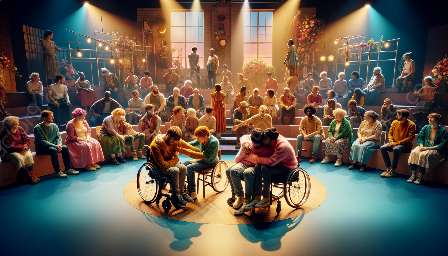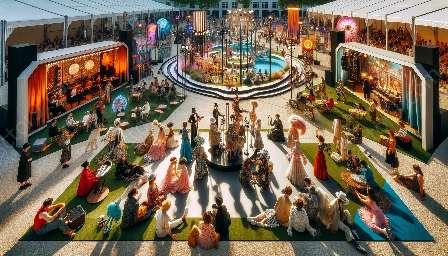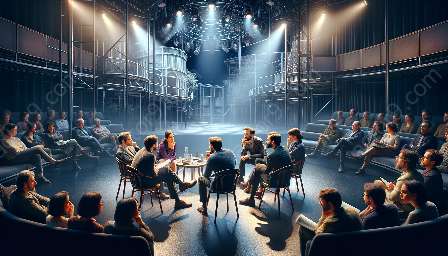Experimental theatre pushes the boundaries of traditional performance, often placing a strong emphasis on physicality and movement to convey meaning and tell a story. In this comprehensive topic cluster, we will explore the profound impact of physical expression on experimental theatre, its compatibility with themes in this groundbreaking art form, and the characteristics that define experimental theatre. Through in-depth discussions, insightful analysis, and real-world examples, we will uncover the power of physicality and movement in shaping the narrative and emotional impact of experimental theatre.
Themes in Experimental Theatre
Experimental theatre is inherently bold, challenging, and deeply reflective of the human experience. It often explores themes that push the boundaries of societal norms, question established conventions, and delve into the complexities of the human psyche. Within this context, physicality and movement serve as dynamic tools for manifesting these themes in a tangible, visceral manner.
Exploring Physical Expression as a Theme
Physical expression is not merely a tool for storytelling in experimental theatre; it can also be a theme in itself. The exploration of the human body and its movements as a central focus reflects an artistic intention to dissect and expose the rawness of human existence. Through physicality, themes such as identity, vulnerability, power dynamics, and liberation can be vividly portrayed, inviting audiences to engage with the essence of the human condition.
Subverting and Reinterpreting Traditional Themes
Furthermore, physicality and movement in experimental theatre subvert and reinterpret traditional themes in innovative ways. By defying traditional narrative structures and embracing unconventional performance techniques, experimental theatre challenges audiences to reimagine familiar themes through a fresh lens. This disruptive approach to storytelling, often grounded in physical expression, fosters an environment where themes related to social justice, existentialism, and personal transformation can be explored and deconstructed.
Characteristics of Experimental Theatre
As an art form that thrives on innovation, experimentation, and boundary-pushing creativity, experimental theatre embodies distinctive characteristics that set it apart from conventional theatrical practices. The integral role of physicality and movement is deeply intertwined with these defining characteristics, contributing to the avant-garde nature of experimental theatre.
Embodiment of Symbolism and Metaphor
In experimental theatre, physicality and movement are often utilized to embody symbolism and metaphor. Through deliberate gestures, choreographed sequences, and non-verbal communication, performers infuse layers of meaning into their movements, allowing the body to become a canvas for representing abstract concepts and evoking visceral responses from the audience.
Fusion of Multidisciplinary Arts
Experimental theatre frequently embraces a fusion of multidisciplinary arts, blurring the lines between theatre, dance, visual arts, and beyond. This interdisciplinary approach amplifies the role of physicality as a means of convergence, where performers seamlessly integrate movement, sound, visual elements, and text to construct a multifaceted sensory experience that transcends traditional theatrical norms.
Enhancement of Immersive and Interactive Elements
Moreover, physicality and movement enhance the immersive and interactive elements inherent in experimental theatre. Audiences are often invited to engage physically with the performance space, breaking down the barrier between spectator and performer. Through participatory experiences and dynamic spatial interactions, physicality becomes a catalyst for cultivating a heightened sense of connection and shared experience within the realm of experimental theatre.
The Power of Physicality in Shaping Narrative and Emotional Impact
Physicality and movement in experimental theatre wield a profound influence in shaping the narrative and emotional impact of a performance. By transcending verbal language and embracing the inherent expressiveness of the body, experimental theatre unlocks a realm of storytelling that is vibrant, enigmatic, and deeply resonant.
Non-Verbal Narratives
Experimental theatre often navigates non-verbal narratives, where physicality takes center stage as a primary mode of storytelling. Through intricate bodily movements, gestural language, and nuanced choreography, the narrative unfolds organically, inviting the audience to decipher and interpret the rich tapestry of emotions and meaning woven into each physical expression.
Audience Emotional Engagement
Furthermore, the utilization of physicality elicits a direct and visceral emotional engagement from the audience. As performers harness their bodies to convey raw emotions, transformative experiences, and unspoken truths, spectators are enveloped in a deeply immersive journey that transcends linguistic barriers and resonates on a primal, emotional level.
Redefining Theatrical Communication
In essence, the power of physicality and movement in experimental theatre redefines traditional modes of theatrical communication. It transcends linguistic and cultural boundaries, opening pathways for universal connection and empathy. Through the artful orchestration of physical expression, experimental theatre paves the way for transformative experiences that transcend conventional narrative approaches, leaving a lasting imprint on the hearts and minds of its audience.

